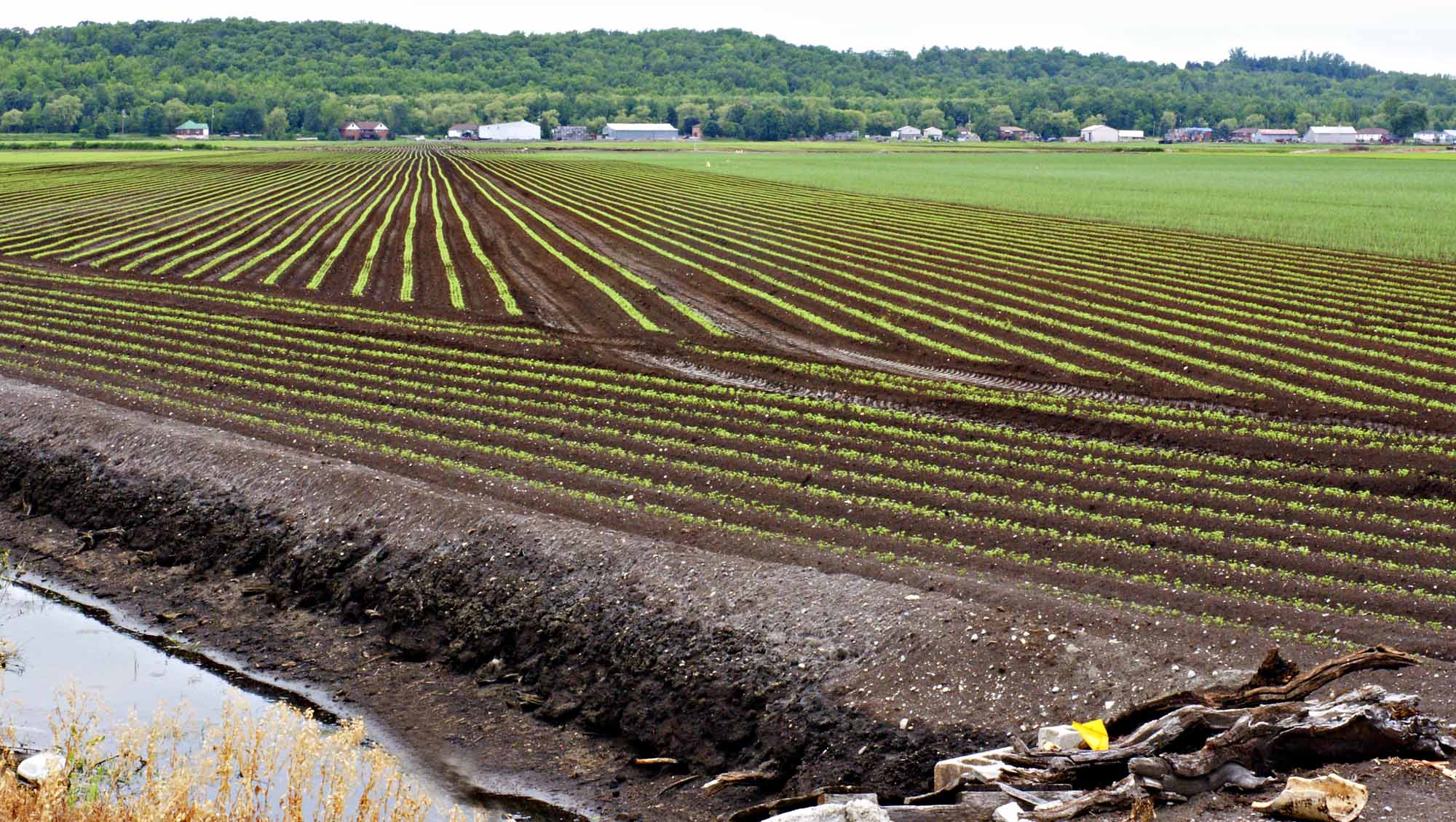Bradford West Gwillimbury, Ontario, incorporated as a town in 1991, population 42,880 (2021 census), 35,325 (2016 census). The town of Bradford West Gwillimbury consists of the former town of Bradford (incorporated in 1960), most of the lands of the former township of West Gwillimbury, and a small portion of land from the township of Tecumseth. The town is located about 60 km north of downtown Toronto.
Settlement and Development
Early settlement began in the late 1700s. In 1819, settlers from the Red River Colony, most of Scottish descent, came to the Bradford area. The main economic activity was agriculture, though there were also several sawmills. The village of Bradford was incorporated in 1857. In 1871, Bradford was almost completely destroyed by a fire. It was quickly rebuilt and served as the major centre for the area, with a population of 2,000 in 1873.
Economy
Throughout the 19th and into the 20th century, economic growth was slow and steady. Grain was the main crop, although an additional crop was the hay cut from the Holland Marsh area that was used to stuff mattresses. In 1925, William Day pioneered the drainage and irrigation of Holland Marsh to grow vegetables. The experiment proved successful and the area has become an important producer of market garden crops such as carrots, onions and salad greens. In fact, it is commonly referred to as “the salad bowl of Canada.”

 Share on Facebook
Share on Facebook Share on X
Share on X Share by Email
Share by Email Share on Google Classroom
Share on Google Classroom


